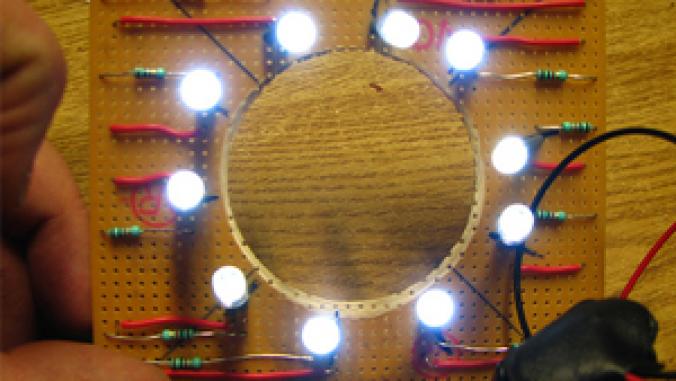New England Frito-Lay Plant Goes 'Off the Grid'
A Frito-Lay factory in Connecticut now generates its own electricity with a combined heat and power system that enables the 75-acre site to ease the demand on the country's Northeast power grid.

A Frito-Lay factory in Connecticut now generates its own electricity with a combined heat and power system that enables the 75-acre site to ease the demand on the country's Northeast power grid.
Frito-Lay North America, a business unit of PepsiCo, announced this week that its plant in Killingly, Conn., is online, and held a ribbon-cutting ceremony at the site Wednesday.
The 300,000-square-foot plant is one of the larger of Frito-Lay's 32 manufacturing sites and is considered a core facility. Opened in 1980, the plant processes 250,000 pounds of corn and potatoes daily to make Lay's potato chips, Ruffles, Doritos, Fritos and Tostitos for the eight states in the greater New England area.
The Killingly plant's nearly 5 megawatt cogeneration system features a gas turbine that produces electricity, and waste heat from the process is used to produce steam, which in turn is used in the manufacturing of snacks.
The system, housed in a roughly 5,000-square-foot building, is expected produce 100 percent of the electricity and about 50 percent of the steam used at the plant. Although the site will be generating its own power, it will float on the grid as a contingency, said spokeswoman Aurora Gonzalez.
The system was funded in part with a more than $1 million grant from the state of Connecticut through the Energy Independence Act, Gonzalez said. The project also received a grant from the Department of Energy's Industrial Technology Program and its initiative to support use of combined heat and power systems in the food industry. The company is not disclosing the full cost of the system.
The installation of cogeneration plant is part of PepsiCo's efforts to reduce its environmental footprint and increase energy efficiency. According to a presentation by the DOE's Industrial Technology Program, the cogen system at Killingly was projected to cut greenhouse gas emissions by more than 5 percent.
Images courtesy of Frito-Lay.
Frito-Lay North America, a business unit of PepsiCo, announced this week that its plant in Killingly, Conn., is online, and held a ribbon-cutting ceremony at the site Wednesday.
The 300,000-square-foot plant is one of the larger of Frito-Lay's 32 manufacturing sites and is considered a core facility. Opened in 1980, the plant processes 250,000 pounds of corn and potatoes daily to make Lay's potato chips, Ruffles, Doritos, Fritos and Tostitos for the eight states in the greater New England area.
 |
The Killingly plant's nearly 5 megawatt cogeneration system features a gas turbine that produces electricity, and waste heat from the process is used to produce steam, which in turn is used in the manufacturing of snacks.
The system, housed in a roughly 5,000-square-foot building, is expected produce 100 percent of the electricity and about 50 percent of the steam used at the plant. Although the site will be generating its own power, it will float on the grid as a contingency, said spokeswoman Aurora Gonzalez.
The system was funded in part with a more than $1 million grant from the state of Connecticut through the Energy Independence Act, Gonzalez said. The project also received a grant from the Department of Energy's Industrial Technology Program and its initiative to support use of combined heat and power systems in the food industry. The company is not disclosing the full cost of the system.
The installation of cogeneration plant is part of PepsiCo's efforts to reduce its environmental footprint and increase energy efficiency. According to a presentation by the DOE's Industrial Technology Program, the cogen system at Killingly was projected to cut greenhouse gas emissions by more than 5 percent.
Images courtesy of Frito-Lay.




